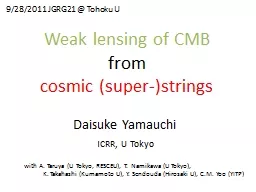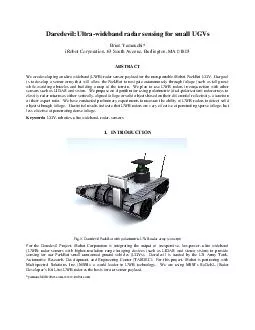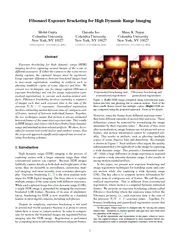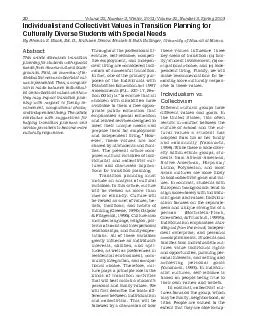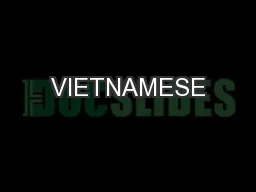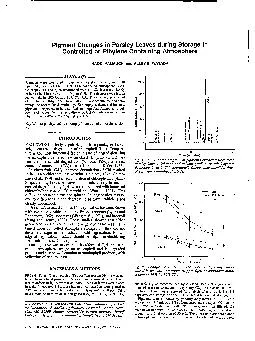PPT-Daisuke Yamauchi
Author : tawny-fly | Published Date : 2016-09-11
ICRR U Tokyo Weak lensing of CMB from cosmic superstrings 9282011 JGRG21 Tohoku U w ith A Taruya U Tokyo RESCEU T Namikawa U Tokyo K Takahashi Kumamoto U Y
Presentation Embed Code
Download Presentation
Download Presentation The PPT/PDF document "Daisuke Yamauchi" is the property of its rightful owner. Permission is granted to download and print the materials on this website for personal, non-commercial use only, and to display it on your personal computer provided you do not modify the materials and that you retain all copyright notices contained in the materials. By downloading content from our website, you accept the terms of this agreement.
Daisuke Yamauchi: Transcript
Download Rules Of Document
"Daisuke Yamauchi"The content belongs to its owner. You may download and print it for personal use, without modification, and keep all copyright notices. By downloading, you agree to these terms.
Related Documents

